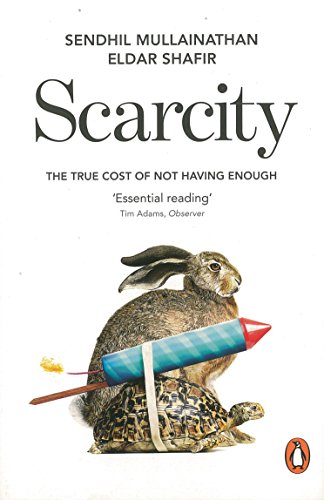6 types of clutter you will never find in a minimalist home – and how they manage to keep it all at bay
These things never worry minimalists
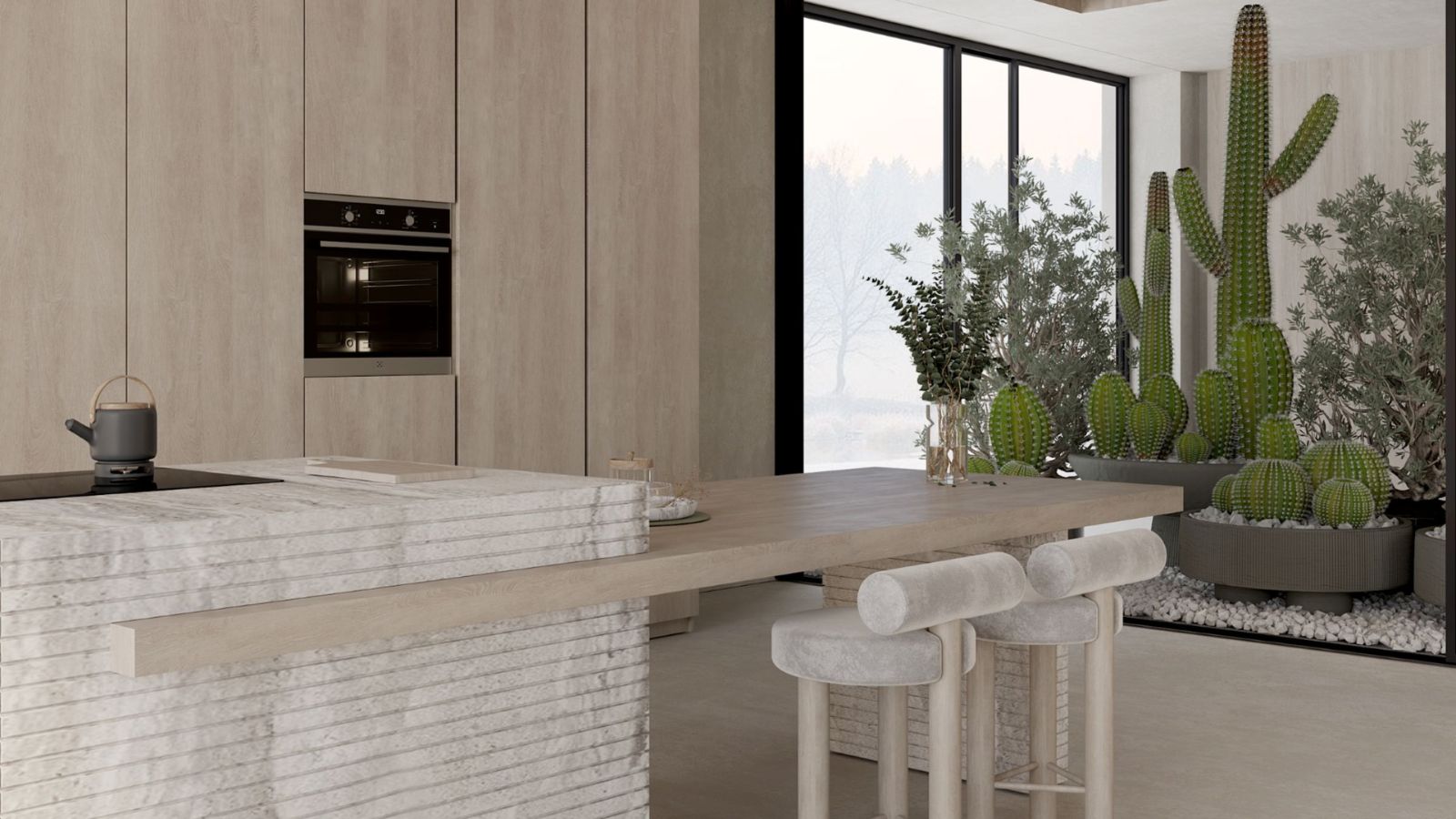

Minimalists have truly nailed the art of cutting clutter and keeping their homes immaculate. While their homes will not always be perfect, there are some types of clutter you will never find in a minimalist's home.
But what are they? And how do they manage to keep all of life's odds and ends trimmed down to the bare essentials?
Here, professional home organizers reveal the six types of clutter you’ll never find in the home of a true minimalist, and share the hacks minimalists depend on to keep their homes tidy.
Types of clutter you will never find in a minimalist home
While there are some things minimalists never buy for an easier life, a lot of the clutter control comes from careful management of items on display, and using tactics like the one-touch rule and the minimalism exit strategy for clutter to deal with items as they enter their homes.
Here’s how it keeps these six categories of clutter at bay:
1. Aspirational clutter
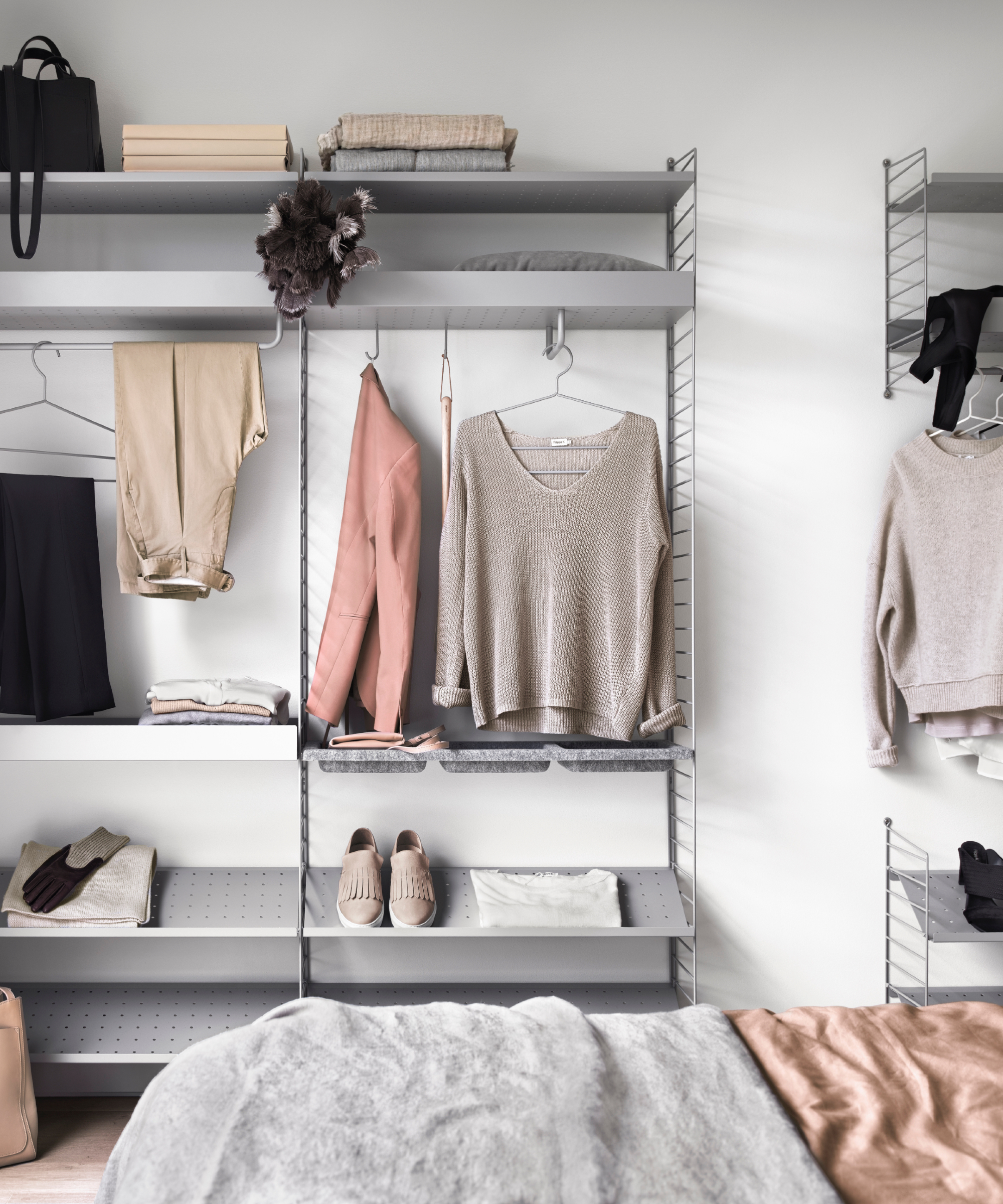
Also known as fantasy self decluttering, minimalists will never hold onto items they wish they could use when they currently cannot. Emily McDermott, decluttering coach and podcast host, founder of Simple by Emmy begins. ‘This is clutter that represents who you were in a previous season or who you wish you could be (if you had unlimited time and energy).
‘Examples of aspirational clutter include clothing that used to fit you or that you wore in a previous season of life. For example, when I transitioned from working to being a full-time stay-at-home mom, I minimized most of my dresses since I didn't have a reason to wear them.
Design expertise in your inbox – from inspiring decorating ideas and beautiful celebrity homes to practical gardening advice and shopping round-ups.
‘Similarly, there are hobby and crafting supplies: If we have a transition in our lives such as having children, or a new career, we may have less time to pursue our hobbies and crafting projects, but may still hold onto the stuff associated with them because someday we might have the time to do it.’
When deciding what to declutter, ask yourself why you are holding onto an item you can’t currently make use of. If you don’t see yourself using it in the next two months, it's one to go. The Didn't Know decluttering principle might come in handy for this too. If you didn't know you had an item, or forgot you had it, let it go.

If getting rid of something right away seems daunting, pop them in a basket out of the way for a set period of time, say 1-3 months. If you haven't thought about them or been able to use them in that time, it's a sign they can safely be decluttered without declutter regret.
2. Paper clutter
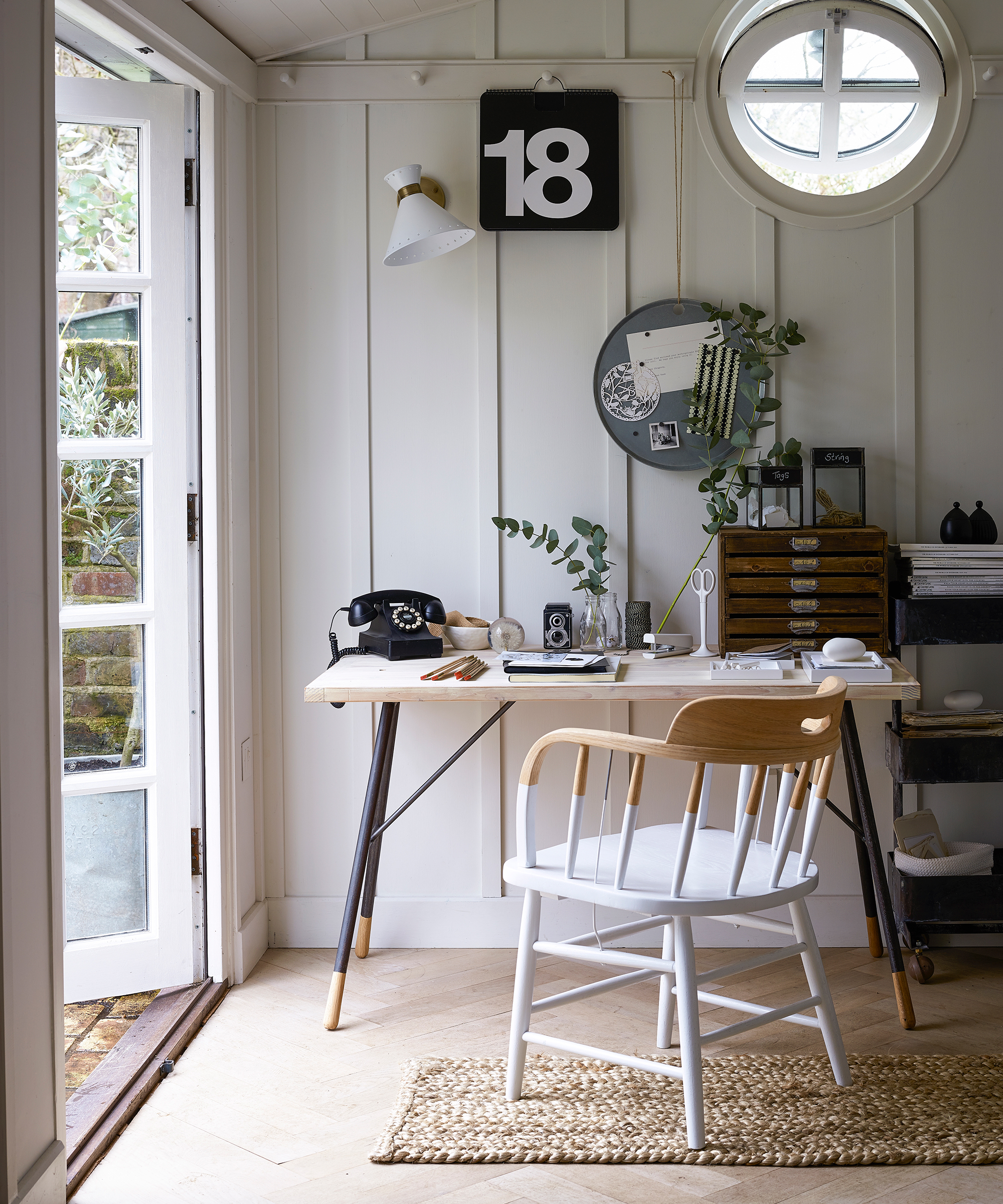
Getting rid of paper clutter is essential for minimalists. It instantly makes entryways and home offices look 10 times neater.
Shantae Duckworth, founder of Shantaeize Your Space explains, ‘One way that they tend to tackle paper clutter is by leaning on digital solutions – this is something I highly recommend to my clients! For example, make it a habit to scan documents or use paperless billing, so that way there’s no chance for it to accumulate.’
3. Items kept just because of the cost

Sunk costs or scarcity mindsets are a big reason a lot of us accumulate clutter that leaves us feeling too guilty to get rid of. It is easier said than done, but minimalists are typically very good at cutting emotional ties and accepting that the money they spent on the item is gone, and having it sitting in our home making us feel bad is will not bring the spent money back. Additionally, they also always consider the essential questions to ask yourself before buying anything.
Emily McDermott, decluttering coach, says, ‘This can be clothing and accessories with the tags still on them, perhaps a gadget from Amazon that we thought would make life easier but we've never touched. It's hard to let go of this type of clutter due to several cognitive biases, but especially the sunk cost fallacy. We are reluctant to admit that we made a poor decision or wasted resources, so we keep paying for the item with our time and energy to maintain it.’
4. Duplicate items
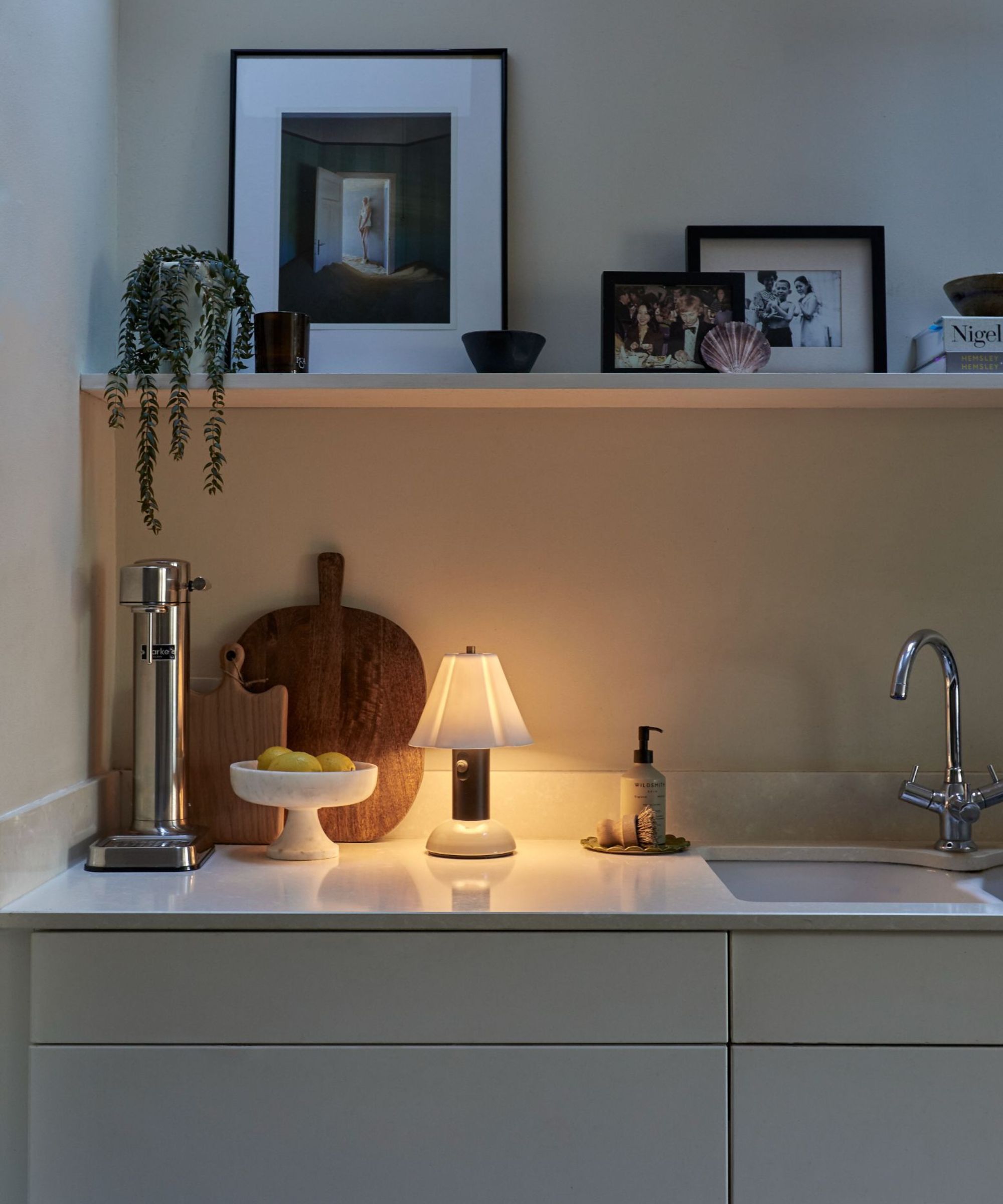
There are several things to never keep duplicates of in your home – and it should be an easy category for all of us to tackle.
Shantae Duckworth, home organizer, says, ‘As for duplicates, minimalists are intentional about keeping only what they genuinely love and use. Instead of hanging onto five so-so coffee mugs, they’ll keep just two that spark joy. This is a habit that can quickly clear space and can even save money, as you’re less tempted to buy more of what you already have.’
5. Expired items

Decluttering a pantry or decluttering makeup and skincare is on the weekly to-do list for minimalists. You will never find expired items hanging around their homes and taking up space. In fact, they're one of the things minimalists always throw out daily.
Shantae Duckworth says, ‘Whether decluttering the pantry, bathroom or your cleaning supplies, having too many of one item is another no-go for minimalists. Make it a habit to regularly check for expired goods, and this will keep your spaces clear and also eliminate waste, it’s safer for your home.’
To avoid duplicates, have a one-in-one-out policy to help you keep stock of your items.
6. Sentimental clutter
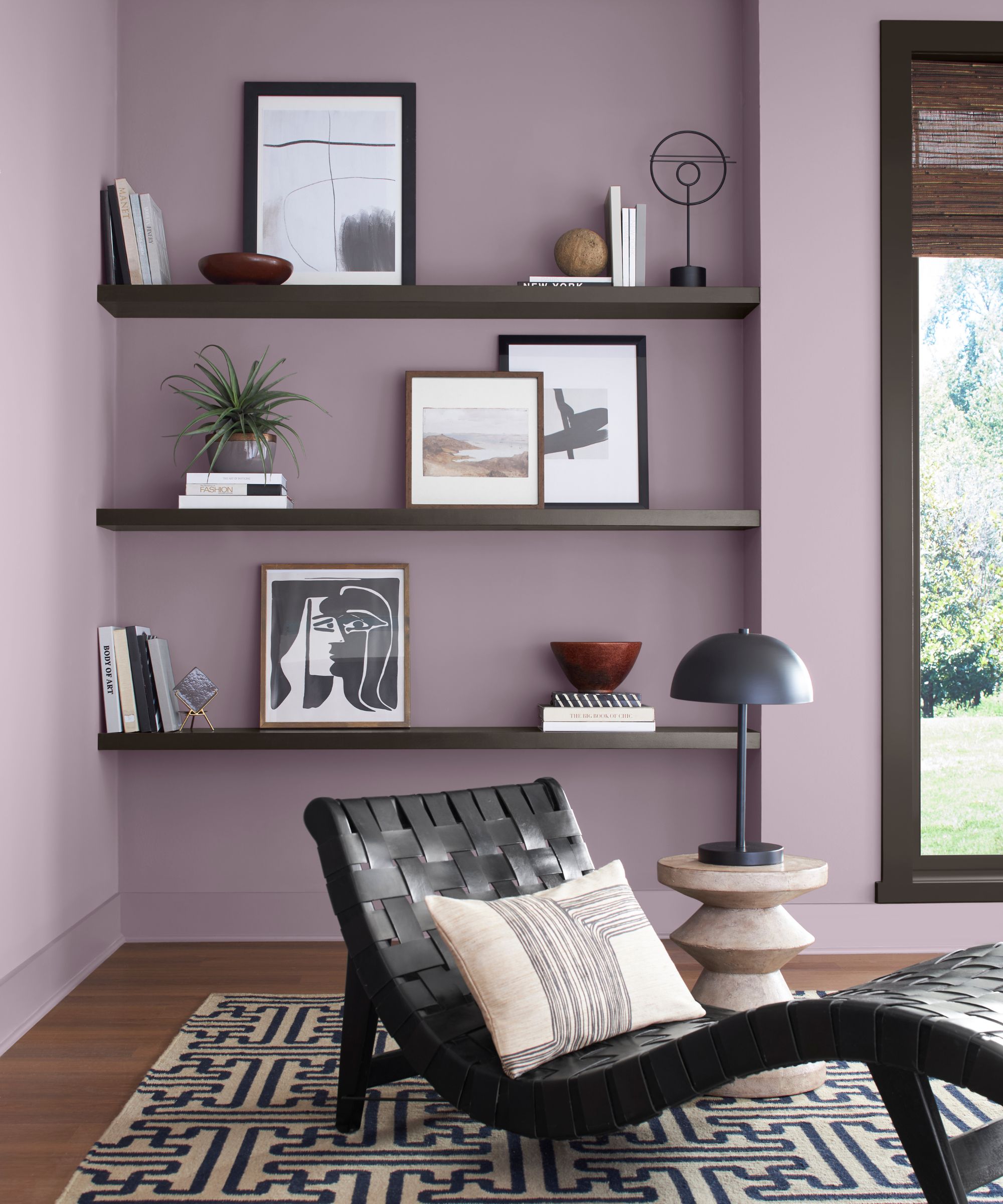
A controversial one for minimalists is decluttering sentimental items (although it is perhaps not as controversial as the storage essentials minimalists never use in their homes).
David Hurless, director of operations Stor-It says, ‘I think sentimental items are one of the biggest culprits of creating additional clutter at home. Photographing something that brings you joy and you want to remember it could be a better way to manage your memories and maximize your storage space.
'For example, I had a keepsake bowling pin that was signed by a group of friends, but in the end, storing an individual bowling pin was not realistic, so I snapped a photo of it, and got rid of it for space.’
While some of us love the idea of embracing minimalism at home, Shantae Duckworth, reminds us that we don’t have to go all in right off the bat – ‘Remember, you don’t have to embrace full minimalism to benefit from these habits! Start small – go through a single drawer or tackle a shelf at a time. By borrowing these strategies, you’ll find it easier to create a home that feels organized and manageable without overhauling your lifestyle or budget.’
Be sure to also avoid some common minimalist decluttering mistakes to make the process easier.

Chiana has been at Homes & Gardens for two years and is our resident 'queen' of non-toxic living. She spends most of her time producing content for the Solved section of the website, helping readers get the most out of their homes through clever decluttering, cleaning, and tidying tips. She was named one of Fixr's top home improvement journalists in 2024.

